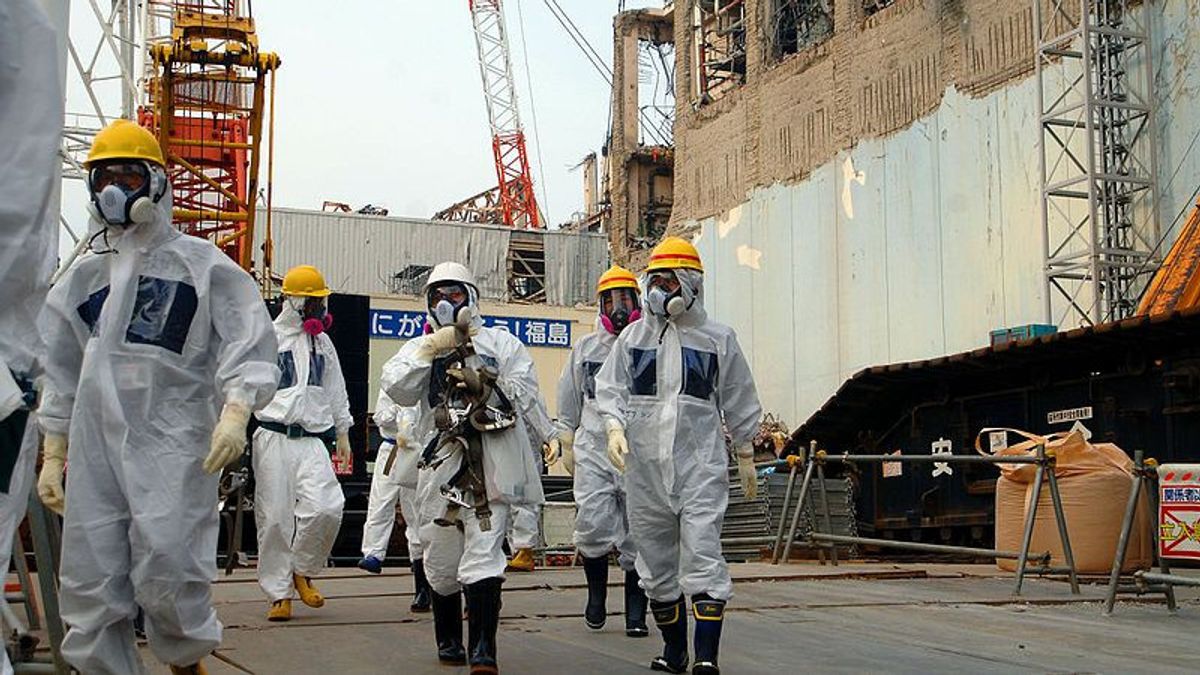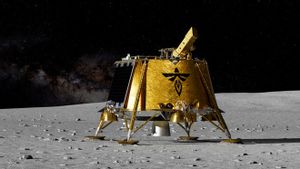JAKARTA - The Japanese government plans to dump more than one million tons of contaminated water from the Fukushima Daiichi nuclear power plant (PLTN) into the sea. This is expected to trigger the destruction of the surrounding environment and the local fishing industry.
According to a report cited by The Guardian , the water from the NPP which is stored in more than 1,000 tanks will begin disposal at the earliest in 2022. The disposal of this water will take decades.
The pressure to determine the fate of the contaminated water comes as storage space in the nuclear plant area runs out. The power plant operator, Tokyo Electric Power (Tepco), expects all available tanks to be full by the summer of 2022.
After years of debate, the decision will finally be made at the end of the month, Kyodo news agency said. Previously other options included evaporation or building more storage tanks in another area.
However, the Japanese government has long indicated that it prefers the option of dumping it into the nearby sea, despite opposition from local fishermen. The discharge of contaminated water will destroy years of efforts to rebuild the industry's reputation since the factory was damaged in the tsunami in March 2011.
To convince the public, the Japanese government plans to promote the safety of Fukushima production. The government also promised to address consumer concerns about consuming fish caught by fishermen in the areas where it was most affected.
But of course it's not that easy. The current of resistance had begun. Rejection does not only come from environmental activists. Neighboring South Korea, which still bans imports of seafood from the region, has repeatedly raised concerns. South Korea claims that discharge of water into the sea is a major threat to the marine environment.
Pollution
As of last month, 1.23 million tonnes of water, which was polluted when mixed with water used to prevent the melting of the three damaged reactor cores, was stored in 1,044 tanks. The amount of wastewater increases 170 tonnes per day.
The liquid processing system actually minimizes radioactive substances in water. But the system can't filter out tritium, a radioactive isotope of hydrogen that is routinely dissolved in water and dumped overboard. A panel of experts advising the government said earlier this year that dumping wastewater into the sea was one of the "most realistic options".
Experts say tritium, the radioactive isotope of hydrogen, is only harmful to humans in very large doses. Meanwhile, the International Atomic Energy Agency says it is possible to dilute filtered waste water with seawater before it is actually released into the ocean.
The water at the Fukushima Daiichi will be diluted and processed in such a way before being discharged so that the concentration is 40 times less. The entire process took 30 years, according to the Yomiuri Shimbun newspaper.
The English, Chinese, Japanese, Arabic, and French versions are automatically generated by the AI. So there may still be inaccuracies in translating, please always see Indonesian as our main language. (system supported by DigitalSiber.id)













